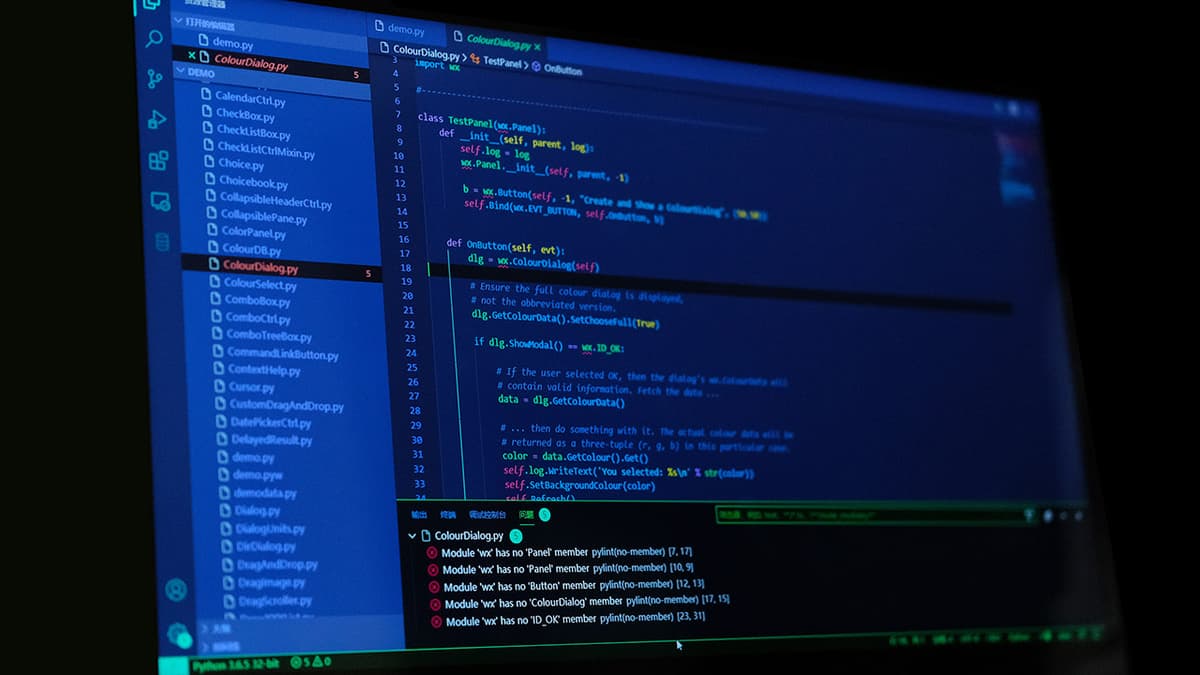What Is an Open-Sourced Large Language Model?
Large language models (LLMs) are rapidly changing how we interact with technology. Recent developments have focused not only on creating even more powerful models, but also on making them openly available. This openness carries significant implications for innovation, research, and the future direction of artificial intelligence. But when we say open-source, what does it really mean?
What is a Large Language Model?
Before diving into the "open-source" part, let's first define what a large language model is. These systems, often just called LLMs, are a type of artificial intelligence trained on massive amounts of text data. This training process, which can be a high demanding computing process, allows them to learn patterns in language, predicting what word comes next in a sequence. This capability forms the basis for a wide range of applications, from generating creative text, writing emails, or answering customer questions. Through prompts, users can ask the model for all kinds of questions.
They is not perfect, they can not browse the web, they are not always correct. But we are making all kinds of new discovery everyday. Which make the model more smarter, faster and less 'hallucinate'.
The "Open-Source" Difference
Traditionally, many of the most advanced LLMs were developed by large tech companies and kept proprietary. This limited access to the underlying code and the model itself. An open-source LLM, in contrast, makes much of this information freely available. This often includes the source code, the trained model weights (the "knowledge" the model has acquired), and sometimes even the datasets used for training.
The degree of "openness" can vary. Some open-source LLMs have very permissive licenses, allowing anyone to use, modify, and even commercially distribute the model. Others, there might be restrictions on commercial use, or a requirement to share any modifications made to the model. It’s crucial to check the specific license terms for each project. One common license for open-source model is Apache 2.0.
Why Open-Source LLMs Matter
The move toward open-source LLMs has several key advantages:
-
Increased Transparency: With access to the code, researchers and developers can inspect how the model works. This helps identify potential biases, flaws, or limitations. It promotes accountability and allows for a greater public investigation, which is great for finding out how a model behaves and make adjustments.
-
Accelerated Innovation: Open access allows anyone to build upon existing LLMs. Instead of creating a large model from scratch, using huge amount of time and money, developers can fine-tune an existing open-source model for a specific task, greatly reducing the effort and resource, more companies would be able to use AI technologies. It also democratizes access to the technology.
-
Community-Driven Development: Open-source projects often benefit from a large community of contributors. With more community support, developers might be able to test, and fix it faster.
-
Reduced Dependency: Relying solely on proprietary LLMs creates a dependence on a small of companies. Open-source models offer alternatives, lowering the risk of vendor lock-in and promoting a more diverse and resilient AI ecosystem.
Examples of Recently Developed Open-Source LLMs
Several notable open-source LLMs have emerged and gained significant traction:
- Meta's LLaMA series: The LLaMA (Large Language Model Meta AI) family, and its subsequent versions, are among the most widely recognized open-source LLMs.
- Mistral AI's Models: Mistral AI, a European startup, has released several high-performing open-source models, including Mixtral 8x7B, which uses a "mixture of experts" architecture.
- Falcon: Developed by the Technology Innovation Institute in Abu Dhabi, Falcon is another powerful open-source LLM that has demonstrated strong performance across various benchmarks.
- BLOOM: Resulting from massive international collaboration, BLOOM supports an impressive variety of languages, making it particularly valuable for multilingual applications.
The rise of open-source LLMs is reshaping artificial intelligence. The trend is expected to persist for some years, with more models appearing, refined, and integrated into new products and services. More people are able to get the model, run it or train the models in their personal computer with consumer level hardware devices. It is quite interesting to learn more and more open-source LLMs are used and developed. The future will be more fascinating than ever.












